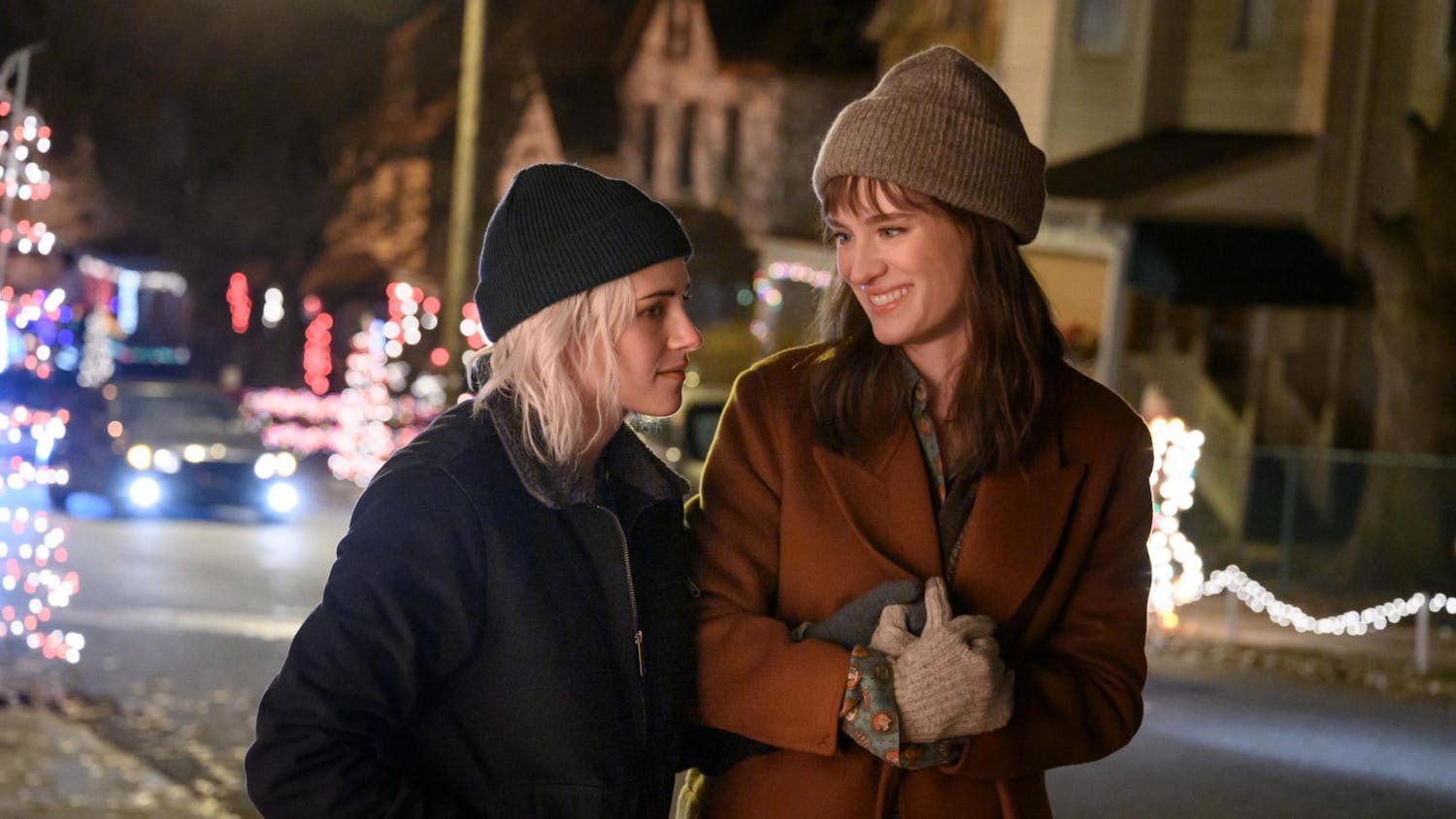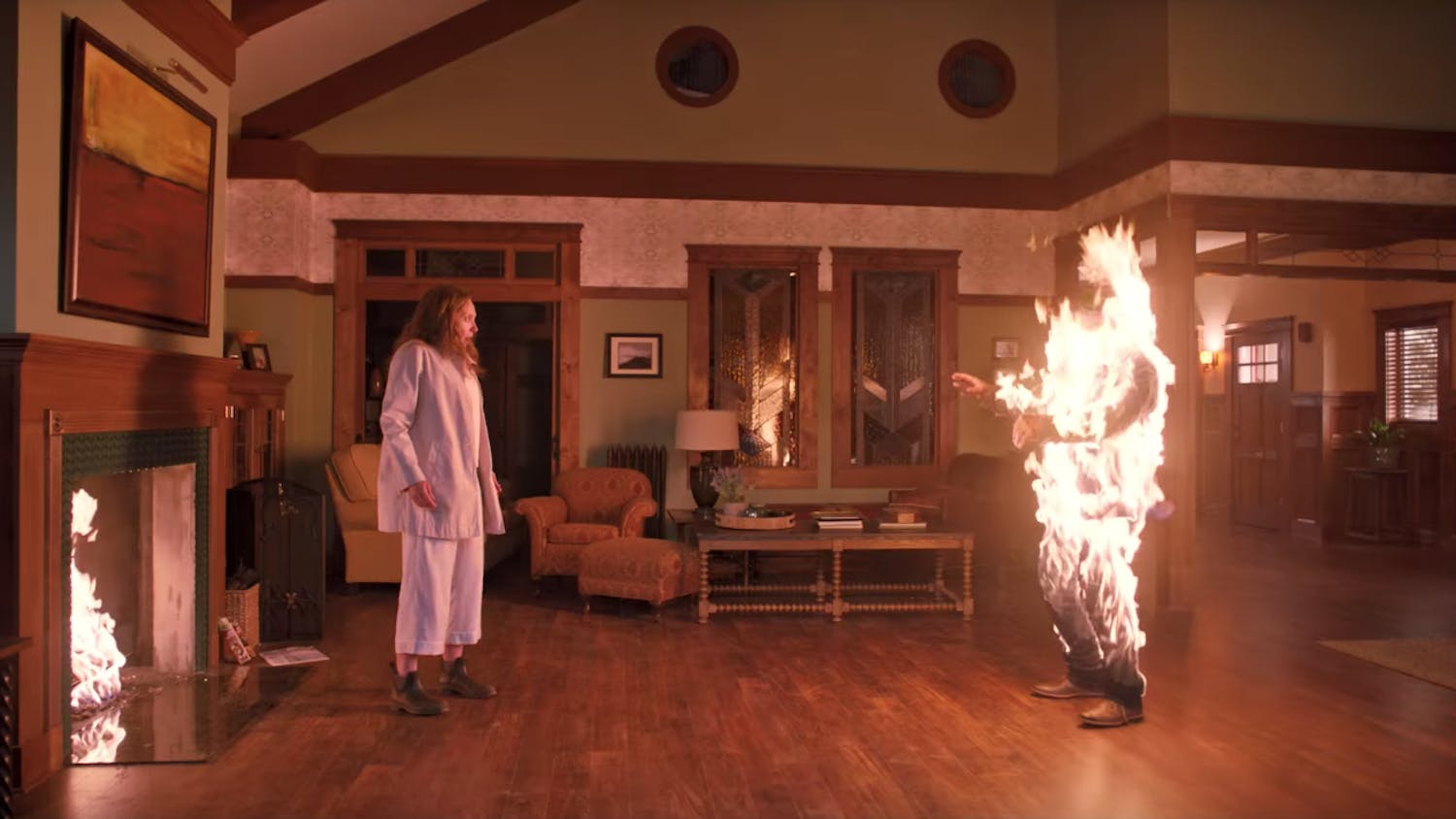After having a disturbing number of conversations in which people informed me that their favorite director is Christopher Nolan, it occurred to me that there’s a long, long list of directors that most people aren’t, but everyone should be, familiar with.
This article’s goal is to introduce a handful of major world directors that anybody with a passing interest in film should be familiar with. The goal isn’t to provide any startling insights or analysis or anything, just to give people a brief introduction to a few of the most well-known and influential directors.
Whether you actually decide to follow through and check out some of their (absolutely incredible) work, or you just want a few names to throw out with your friends to look all “cultured” and stuff, this article has something for the whole family! Or, you know, those two kinds of people.
Anyways, I’m not going to spend too much time on the big name English language directors, because, you know, we speak English, and even my grandmother tends to know most of them.
However, there are a few that I’d feel really bad about not mentioning. First off, Steven Spielberg. You know him. He invented the blockbuster, he’s a pretty big deal, and a lot of his movies are pretty great. No need to elaborate there.
However, in terms of classic, world cinema icons, the English speaking world has produced two absolute legends in Alfred Hitchcock and Stanley Kubrick (and bonus, they’re both British and therefore, technically, foreign filmmakers).
Alfred Hitchcock, rightfully known as the master of suspense, has made some of the most taut, thrilling cinema in world history. Classic thrillers like “Vertigo,” “North by Northwest” and “Rear Window” remain thrilling to this day, with “Vertigo” recently usurping “Citizen Kane” on some of the “arbitrary greatest English films ever” lists. Hitchcock holds his place easily among the world’s cinematic greats.
And then there’s Stanley Kubrick, possibly the greatest English language filmmaker of all time. “2001: A Space Odyssey.” “The Shining.” “Barry Lyndon.” “A Clockwork Orange.” “Dr. Strangelove.” The list keeps going but I won’t. If you haven’t seen his movies you absolutely need to, at least once in your life. That’s all I’m going to say, but really, get on that.
Another filmmaker many of you will probably be familiar with, one that I’ve ranted about before, is Woody Allen. And Woody Allen was, by his own admission, tremendously influenced by a Swedish director named Ingmar Bergman (See what I did there? Classic misdirection), who safely pulls in a good chunk of the global vote for the “best director ever of all time ever, oh man is he good” award.
Some of you may know the whole “knight playing chess against death” tableau. Yeah, well he invented that in “The Seventh Seal,” a film in which he also sort of examines life, death and you know…the meaning of it all. It’s one of the higher points of movies, ever. I recommend it.
“The Seventh Seal” is easily his best known film, but movies like “Wild Strawberries,” “Persona” and “Cries and Whispers” are all phenomenally moving, beautiful pieces of art that are well worth your time to check out. And they are pieces of art. Bergman isn’t very mainstream or easily accessible, but if you’re willing to put in just a little effort, his films are probably the medium at its highest level.
Of course, some of you might be looking for something easier to get into. In that case, the Japanese master Akira Kurosawa is definitely worth looking into. Classic samurai movies like “The Seven Samurai,” “Rashomon” and “Yojimbo” have remained extremely entertaining, while still being masterful pieces of work—enough so to be appropriated by other directors and remade as westerns.
And, in the same vein, he managed to expand on the work of a master craftsman when he adapted Shakespeare’s “King Lear” into his samurai epic “Ran.” That’s right—Shakespeare and samurai. And the film is gorgeous. Kurosawa was meticulous and had a perfect sense of scale, from intimate moments to epic battle scenes. Much like Shakespeare himself, but, you know, Japanese.
Getting back to the equally cool but less accessible end of the spectrum, French-Swiss (already a rad combination) director Jean-Luc Godard represents the height of the French New Wave movement. His masterpieces such as “Breathless,” “Contempt” and “Vivre Sa Vie” were revolutionary pieces of cinema that challenged conventions of their time and can still, in some ways, seem radical today. Influencing everyone from John Woo to Wes Anderson, his films still resonate as challenging, beautiful, but ultimately human pieces of art to this day.
Other stand-alone films that are high enough in our world cinematic tradition to warrant at least one watch in your lifetime include Federico Fellini’s self-examination as an artist in “8 ½” and another masterpiece of French New Wave, Francois Truffaut’s “The 400 Blows.”
I could keep going on, but I won’t. That should be enough to get you started in on serious world cinema, or at least to make it seem like you have. Either way, good luck, and enjoy.
Want to talk about the best directors with Austin? Have some additions for the list? Email him at wellens@wisc.edu






